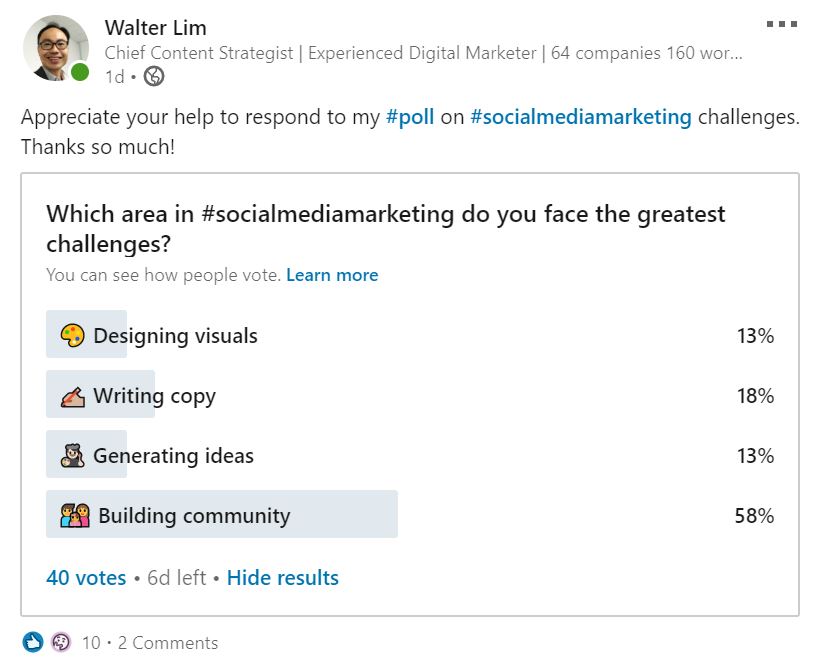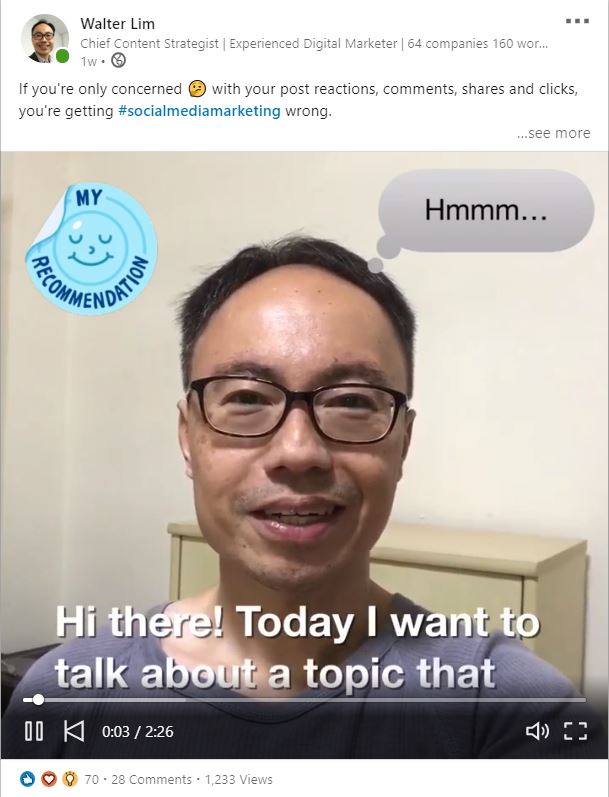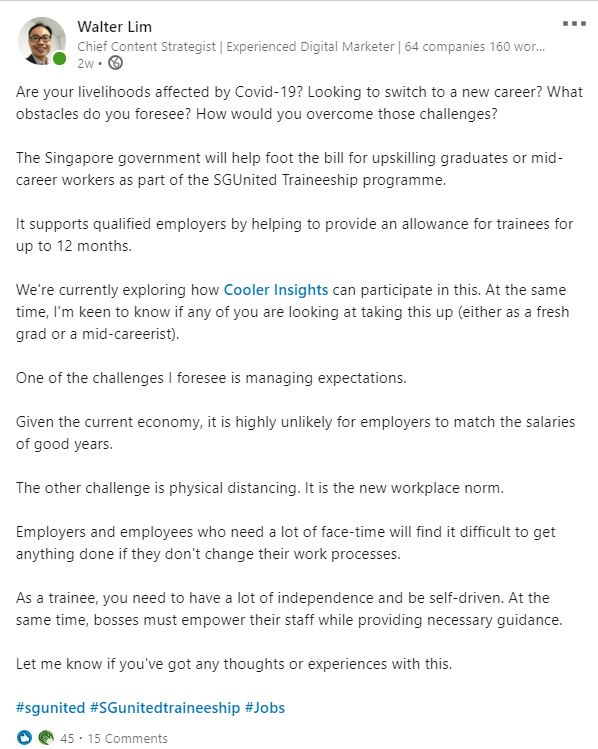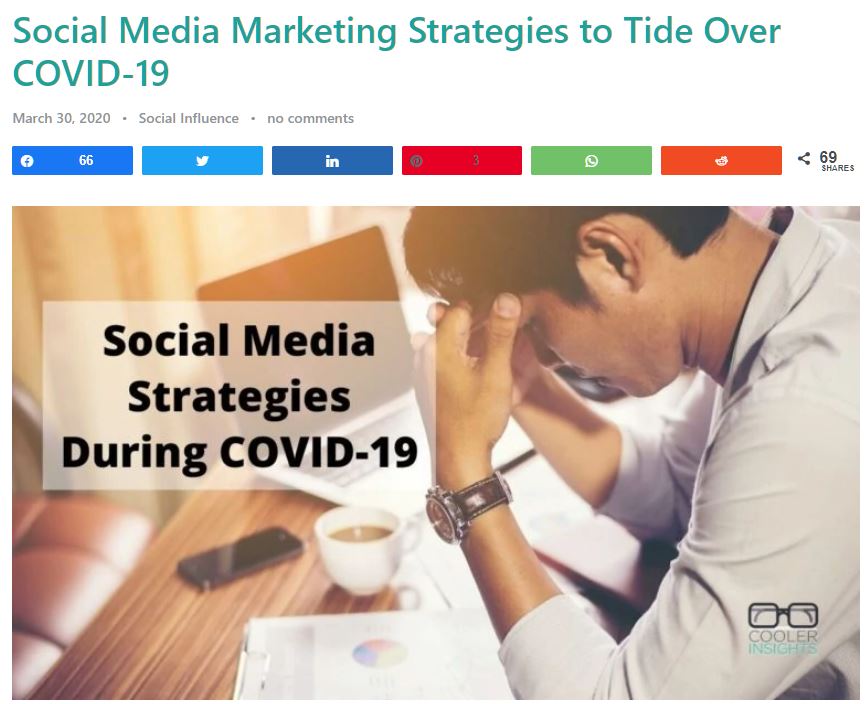
Struggling to write persuasive copy for your social media marketing campaigns? Wish to find an easier way to convince your audiences to take action online?
Thanks to a recent podcast episode of Think Fast, Talk Smart by the Stanford Graduate School of Business, I learned some useful tricks on how we can communicate more effectively on social media.Featuring Stanford Graduate School of Business’s Professor Zakary Tormala, these easy-to-apply persuasive techniques are rooted in behavioural sciences and consumer psychology.
While the emphasis of the podcast was on public speaking, the evergreen principles taught can be easily adopted for social media content. Apply them to all your online channels—blogs, Facebook, Instagram, Twitter, LinkedIn, YouTube, Pinterest, TikTok—and use them to make your content more compelling and effective.
Using these techniques, you can also build your influence on social media.
What is Persuasion?
First, let us look at what persuasion is.
According to Tormala, persuasion can be defined as “the efforts we make to shape or shift people in their attitudes, their beliefs and behaviors.” It isn’t about “tricking people into doing what you want or into buying your product, and it’s definitely not about forcing people to act or behave in a certain way.”
To persuade your audience, you need to engage them effectively. Engagement refers to how much attention people are paying to you and your message. It measures how interested they are in your message, and how likely they are to take action.
In the context of social media, this could be the time spent reading your post or watching your video. Engagement could also be measured by how many reactions, comments and shares your post has garnered, or the number of clicks on a link to your website.
Make It Personally Relevant
The best way to engage your audience is to make your message personally relevant to them. This involves setting the right context for your social media posts, and focusing it on the right target audiences.
Quoting Professor Tormala: “There’s a side of relevance that’s super-intuitive: that people pay more attention to things that are personally relevant to them.”
Let us now look at the 10 techniques to achieve this.
#1 Set it in the Right Place
First, consider the importance of physical proximity. By this, we’re talking about things that are around you and your target audience.
Speak about the community of your audience. Focus on a specific issue that people living or working in your location is concerned about. Or consider the environment in which they’re at.
Example
Calling all Singaporean parents! Redesign your work-from-home and learn-from-home environments with our FREE home-planning kit. Download it here!
#2 Focus on Current Times
Next, think about your temporal proximity. By this, I mean focusing your message on things that have just happened and are current—or about to occur soon.
Most people are unable to think beyond their present circumstances. Hence, it pays to talk about something that is happening now, happening soon, or happening here and close to them.
By doing so, you’ll shape your messages on social media to be more important and engaging to your audiences.
Example
As you consider your shop after the circuit breaker (lockdown) measures are eased, think about how you’ll reach out to your customers on Facebook or Instagram.
#3 Seek Their Inputs
Ask for your audience’s inputs or opinions. Or request that they make a decision.
When you do so, you’ll immediately engage their attention.
Hence, consider ways to get your audience to participate in some way or other. It could include getting them to vote. Or to fill in a poll or survey.
Example
Here’s a recent example which I did on LinkedIn, requesting my network to participate in an online poll.

#4 Use the Word “You”
Make the general specific by using the word “You,” “you’re,” or “yours” in your copy. Addressing your audience in the second person will get them to perk up and tune in to your social media marketing messages.
Example
Here’s another example from LinkedIn, where I focused my entire (and video) focused on speaking to my audience (you can watch it here.)

#5 Ask Relevant Questions
People love to answer questions if they’re relevant to their interests. Hence, consider asking your audience a question on Facebook, Twitter, LinkedIn or YouTube, rather than just make a declarative statement at the outset of your pitch.
Example
Here’s yet another example from LinkedIn, where I not only asked relevant questions but pitched it directly to place and time that my audience would be concerned with.

#6 Make Reference to Changes
Sometimes, we don’t respond to a message unless there is an impending change which may affect us. This may be positive or negative.
To improve engagement on your social media post, consider telling people about potential changes. For instance, the COVID-19 crisis in 2020 affected a lot of businesses and companies. It made it necessary for entrepreneurs and individuals to change the way we live, work and play.
Example
In this recent article, I focused my entire message on the changes which businesses need to make in their social media marketing due to Covid-19. The piece was well-received and widely shared as the message was timely, contextually relevant, and written to address my audience in the second person, ie using “you” liberally in the text.

#7 Use Certainty to Reinforce Beliefs and Take Action
To nudge people closer towards your marketing goal, you need to consider what Prof Tormala termed as certainty-focused strategies.
These are couched to bring your audience on board, so that they will adopt the belief, attitude or opinion that you want them to have.
Doing so can also help them to build up their certainty. This is vital if you want them to embrace your idea, buy your product, sign up for your programme, or recommend it to others.
Example
A good way to strengthen certainty is to use the power of social proof. This is where you provide facts and figures that provides a form of social validation to your audience.
“95 percent of students in this programme would recommend it to others.”
“Like you, 80 percent of women 40 to 50 years of age feel stressed by multiple commitments at work and in their homes.”
#8 Use Uncertainty to Trigger Curiosity
While certainty works well in converting your audience’s attitude into action, uncertainty works better if you wish to get people to think about an issue.
By creating moments of uncertainty or doubt, you’ll make people feel curious. They’ll start to wonder “Hmmm… What is this really all about?” Or they’ll think “Why did they say this?” or “What’s going on here?”
Example
This one life hack (which very few people know about) can change how you get ready for work in the morning.
Bet you didn’t know that sleeping on the job can actually make you more productive.
#9 Use Inclusive Language to Overcome Resistance
What happens if you encounter resistance to your online marketing content?
In cases where you face skeptics and cynics—you know, those contrarians who just want to troll your brand—you need to use a less forceful and more cooperative tone of voice.
Rather than use “you” or “your”, switch your language to include words like “we,” “us,” “together,” “As fellow Singaporeans,” “as marketers,” or “Just like you, I’m also…”
Use language to show that we’re all in this together as a team. Doing so helps them to open-up more.
Example
We know how difficult it can be to grow your business during a pandemic. This is why we developed this new package to help small business owners like you and me…
#10 Use Pro-Attitudinal Messages if You Disagree
Last but not least, consider using what Prof Tormala term as pro-attitudinal framing.
This is the situation where you identify whether your prospect is also positive or negative on a topic, and use language which shows that you’re on the same side of the issue as they are.
(Counter-attitudinal, on the other hand, means that you adopt an opposite stance from your audience.)
In cases where you need to disagree with your prospect on social media (which is likely to trigger resistance and opposition), consider framing your message in a way to show that you’re on the same side.
By doing so, you’ll help to lower their defenses, and make them feel less threatened by your message. This more open, agreeable and cooperative stance may help you open more doors—even when your audiences are hard nuts to crack.
Example
Running 3 times a week is a good way to exercise. It burns fat and boosts your energy levels. But consider this…
Cooking at home allows you to prepare healthy meals for your family. You feel delighted in feeding your loved ones. However, the time it takes can often be put to better use. This is why…
Conclusion
Succinct yet extremely powerful, these 10 persuasion strategies can help you to craft more influential content for your social media campaigns.
These psychological principles work regardless of the media type (text, video, voice, image) or platform which you choose.
Have you applied any of these principles in your social media marketing content? Which is your favourite?
“It’s not really about tricking people into doing what you want. It’s more about understanding the factors that actually engage people or open them up to your idea and maybe get them to see something a little bit differently.” Professor Zakary Tormala
